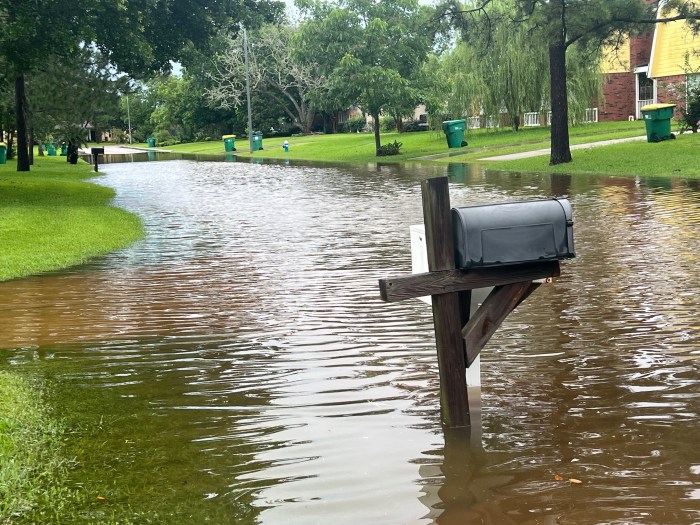
The defunct six-ton satellite that fell over the Pacific Ocean around midnight Saturday didn’t destroy any homes or break any limbs. Scientists now have an idea of where the debris from the satellite landed, and it’s in a very remote place.
The satellite reportedly plunged 300 miles to the northeast, southwest of Christmas Island, far from any major land mass, NASA said.
“It’s a relatively uninhabited portion of the world, very remote,” NASA orbital debris scientist Mark Matney said, according to the Associated Press. “This is certainly a good spot in terms of risk.”
The Upper Atmosphere Research Satellite broke into pieces during reentry and most of it burned in the atmosphere, the agency said. Twenty-six satellite components, weighing about 1,200 pounds could have survived the reentry.
“This was not an easy re-entry to predict because of the natural forces acting on the satellite as its orbit decayed,” said Nick Johnson, NASA’s chief scientist for orbital debris, at NASA’s Johnson Space Center in Houston. “Space-faring nations around the world also were monitoring the satellite’s descent.”
On Saturday, NASA said it was possible that debris could have hit Northwest Canada, and there were reports of people claiming sightings on the Internet. But UARS landed earlier then expected, completely changing where the debris landed.
As NASA was tracking the path of the lazily falling satellite, the agency maintained that the risk to public safety and property was extremely small.
The 20-year-old satellite was launched on September 12, 1991 and deployed three days later. It was brought into orbit to collect measurements of ozone and other chemicals in the atmosphere. The mission ended in 2005. Since then the satellite, which measured at 35-feet-long and 15-feet in diameter, was slowly losing altitude as it was being pulled back by Earth’s gravity.
The last time a spacecraft as large as UARS fell back into Earth uncontrolled was when Skylab fell in western Australia in 1979.
-With Associated Press

































